How Children Develop 5th Edition By Siegler – Test Bank
1. The study of parent‒child attachment was prompted by:
A) interviews with parents of children with Down syndrome.
B) observations of children growing up in orphanages in the 1940s.
C) studies of aggression in monkeys.
D) an analysis of children who were physically abused by their parents.
2. Attachments are:
A) enduring emotional bonds formed by children to their primary caregivers.
B) compulsive needs of children to hold security items, such as pacifiers and blankets.
C) connections between siblings that are maintained throughout the life span.
D) qualities that are central to one’s identity.
3. Harlow and colleagues’ studies with infant rhesus monkeys reared in isolation demonstrated that, compared to monkeys reared normally with their mothers, those reared in isolation and then placed with other monkeys:
A) rose into leadership positions.
B) died early of unusual infections.
C) were unable to communicate effectively with other monkeys.
D) had intense attachments to the other monkeys.
4. Attachment theory was proposed by:
A) Harlow.
B) Ainsworth.
C) Bowlby.
D) Lorenz.
5. When the presence of a trusted caregiver provides an infant or toddler with the ability to explore the environment, the child is using the caregiver as a:
A) security object.
B) dependent attachment figure.
C) secure base.
D) working model.
6. Which statement is NOT part of Bowlby’s conception of the primary caregiver as a secure base?
A) It enables a child to learn about the world.
B) It is a source of entertainment and learning.
C) It provides a sense of assurance.
D) It serves as a safe place when an infant feels scared.
7. From an evolutionary standpoint, attachment is similar to which mechanism?
A) imprinting
B) development of the id
C) theory of mind
D) identification
8. Bowlby proposed that attachment:
A) occurs toward the first moving person an infant sees.
B) is rooted in evolution.
C) is necessary for identity development.
D) has at its center the notion of a needy, dependent infant.
9. Which assertion BEST describes Bowlby’s view of the attachment process and the quality of infants’ attachments?
A) Both the attachment process and the quality of attachments are innate.
B) Both the attachment process and the quality of attachments are dependent on the nature of infants’ experiences with caregivers.
C) The attachment process is dependent on the nature of infants’ experiences with caregivers, but the quality of their attachments is innate.
D) The attachment process has an innate basis, but the quality of infants’ attachments is dependent on the nature of their experiences with caregivers.
10. When Baby Joseph cries, he is easily comforted by his mother. He is comforted just as easily by his father, his grandparents, and his babysitter, as well as by strangers. Bowlby would consider Joseph to be in which phase of the development of attachment?
A) attachment-in-the-making
B) disorganized/disoriented
C) reciprocal relationships
D) preattachment
Answer Key


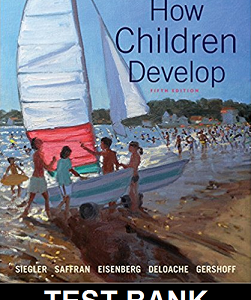
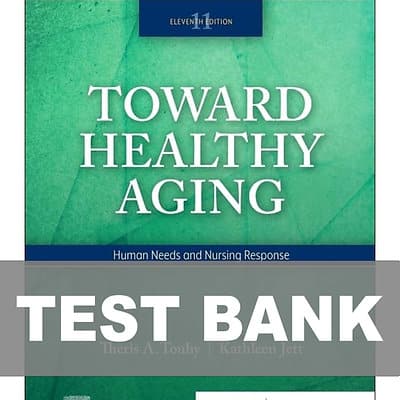

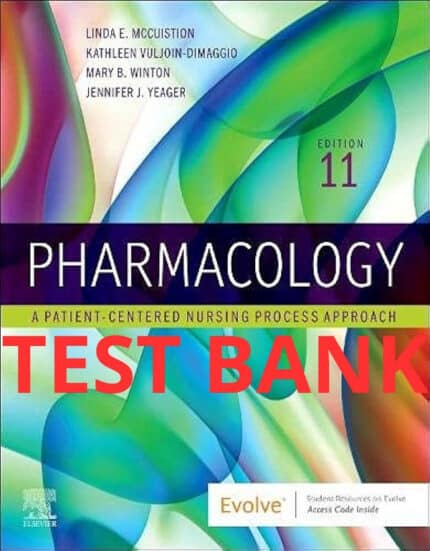
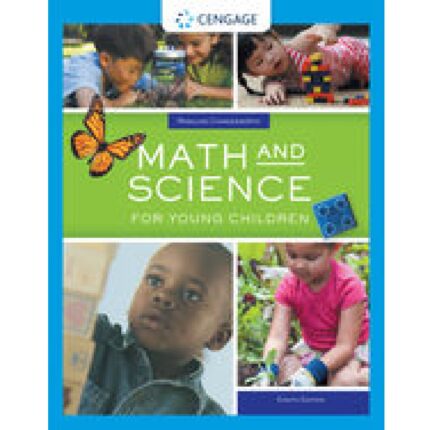

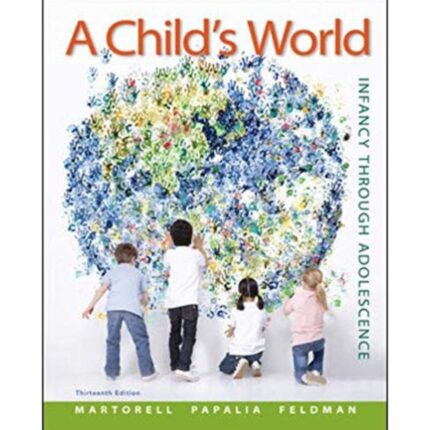

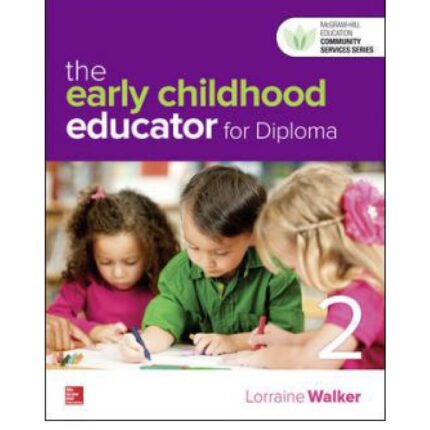


Reviews
There are no reviews yet.